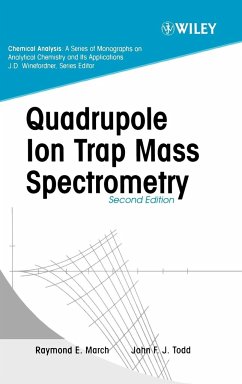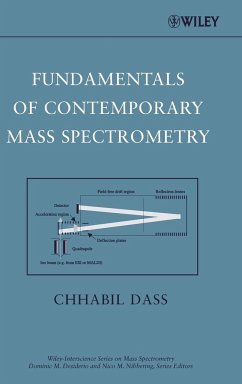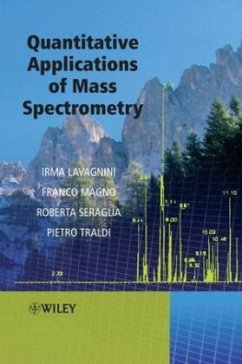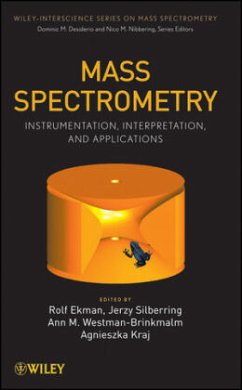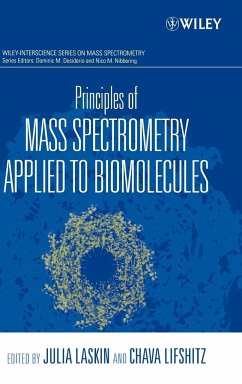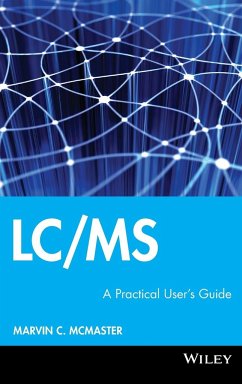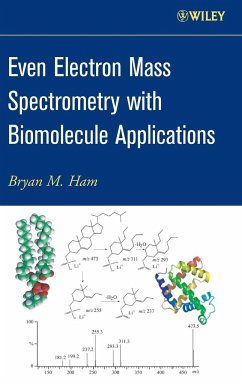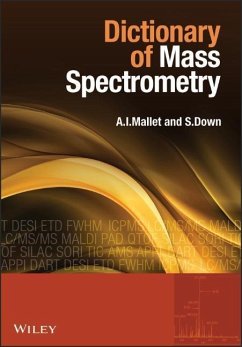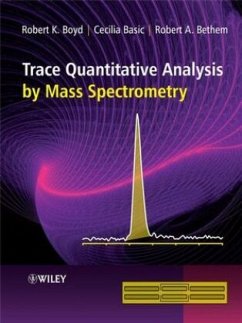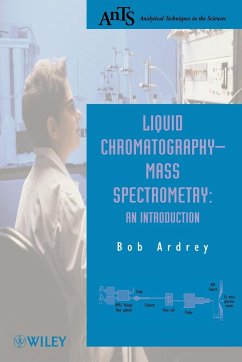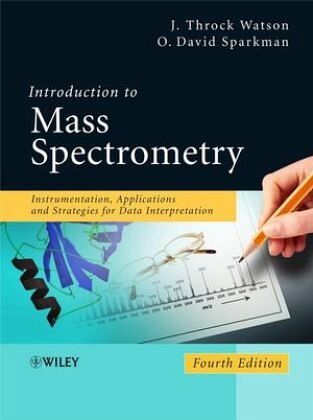
Introduction to Mass Spectrometry
Instrumentation, Applications and Strategies for Data Interpretation
Versandkostenfrei!
Versandfertig in über 4 Wochen
138,99 €
inkl. MwSt.
Weitere Ausgaben:

PAYBACK Punkte
69 °P sammeln!
Completely revised and updated, this text provides an easy-to-read guide to the concept of mass spectrometry and demonstrates its potential and limitations. Written by internationally recognised experts and utilising "real life" examples of analyses and applications, the book presents real cases of qualitative and quantitative applications of mass spectrometry. Unlike other mass spectrometry texts, this comprehensive reference provides systematic descriptions of the various types of mass analysers and ionisation, along with corresponding strategies for interpretation of data. The book conclude...
Completely revised and updated, this text provides an easy-to-read guide to the concept of mass spectrometry and demonstrates its potential and limitations. Written by internationally recognised experts and utilising "real life" examples of analyses and applications, the book presents real cases of qualitative and quantitative applications of mass spectrometry. Unlike other mass spectrometry texts, this comprehensive reference provides systematic descriptions of the various types of mass analysers and ionisation, along with corresponding strategies for interpretation of data. The book concludes with a comprehensive 3000 references.This multi-disciplined text covers the fundamentals as well as recent advance in this topic, providing need-to-know information for researchers in many disciplines including pharmaceutical, environmental and biomedical analysis who are utilizing mass spectrometry



